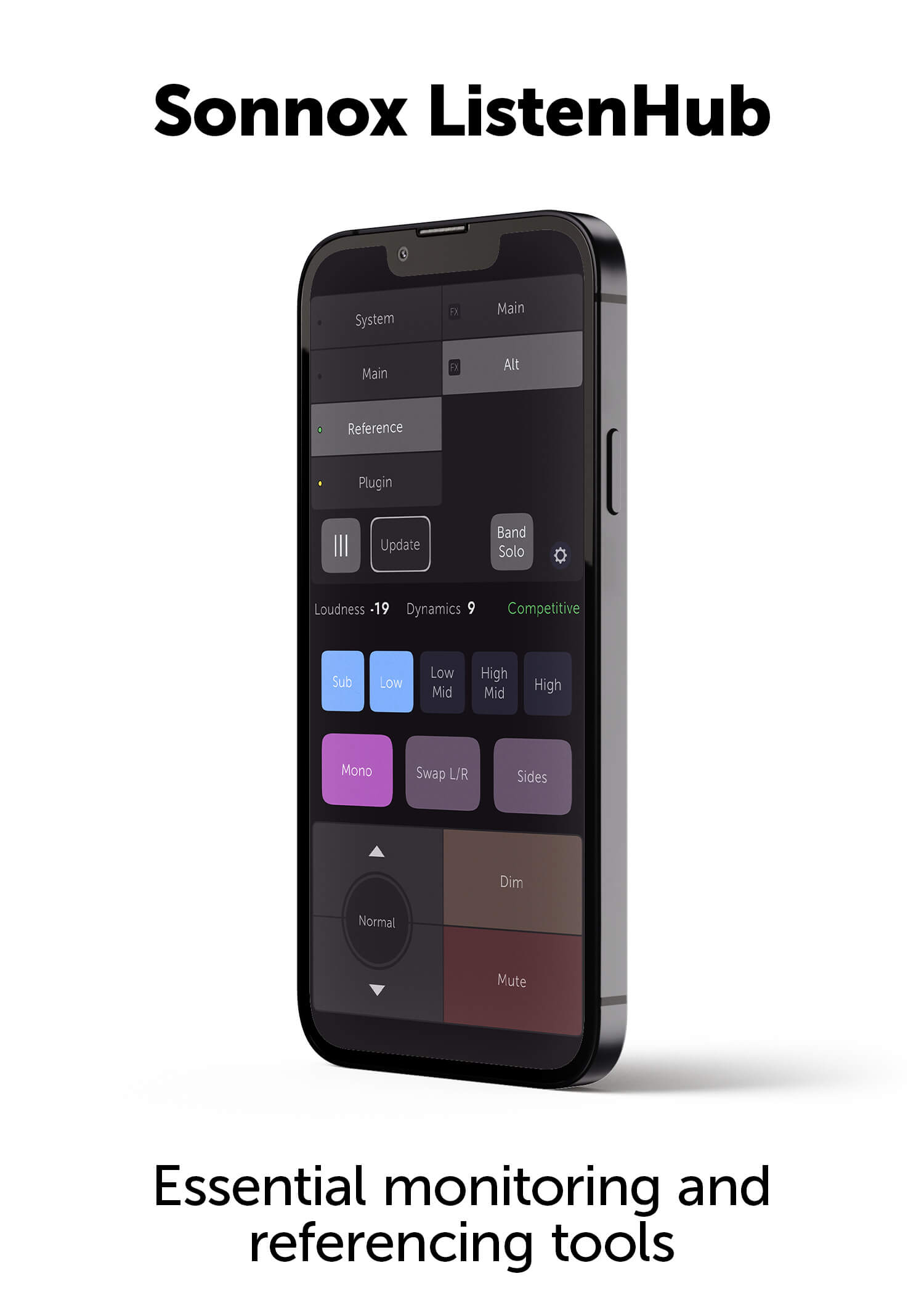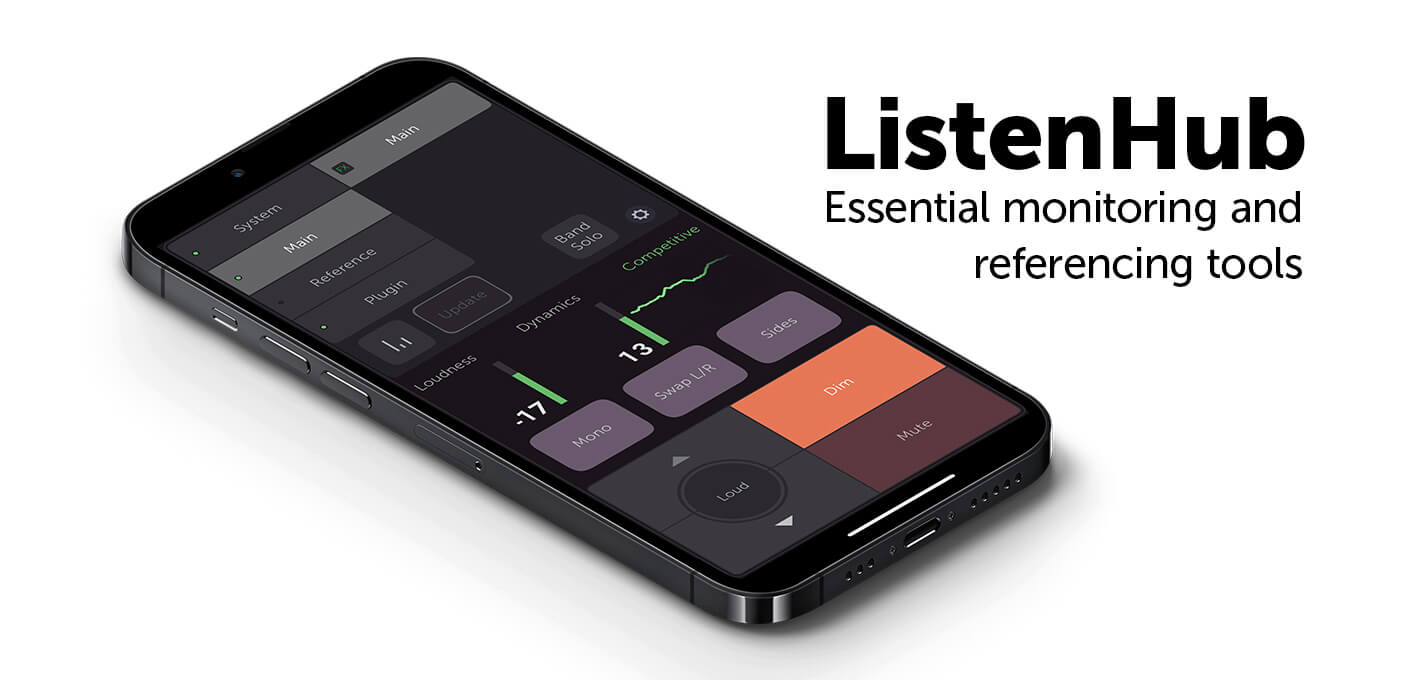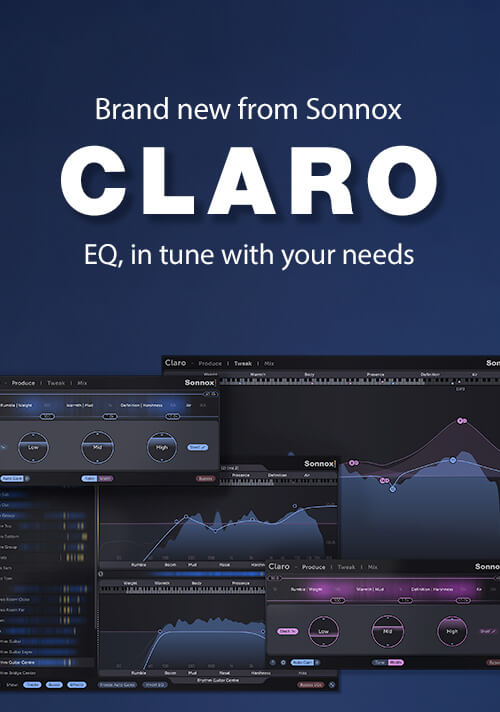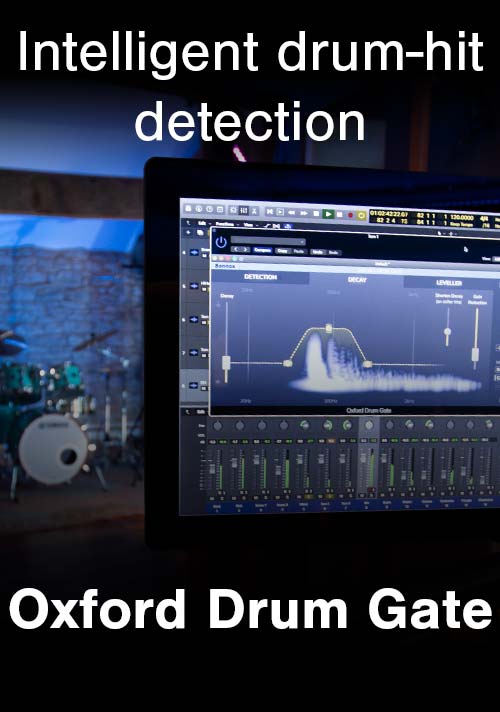Jason Goldstein
Sonnox helps Goldstein get 'In-The-Box'
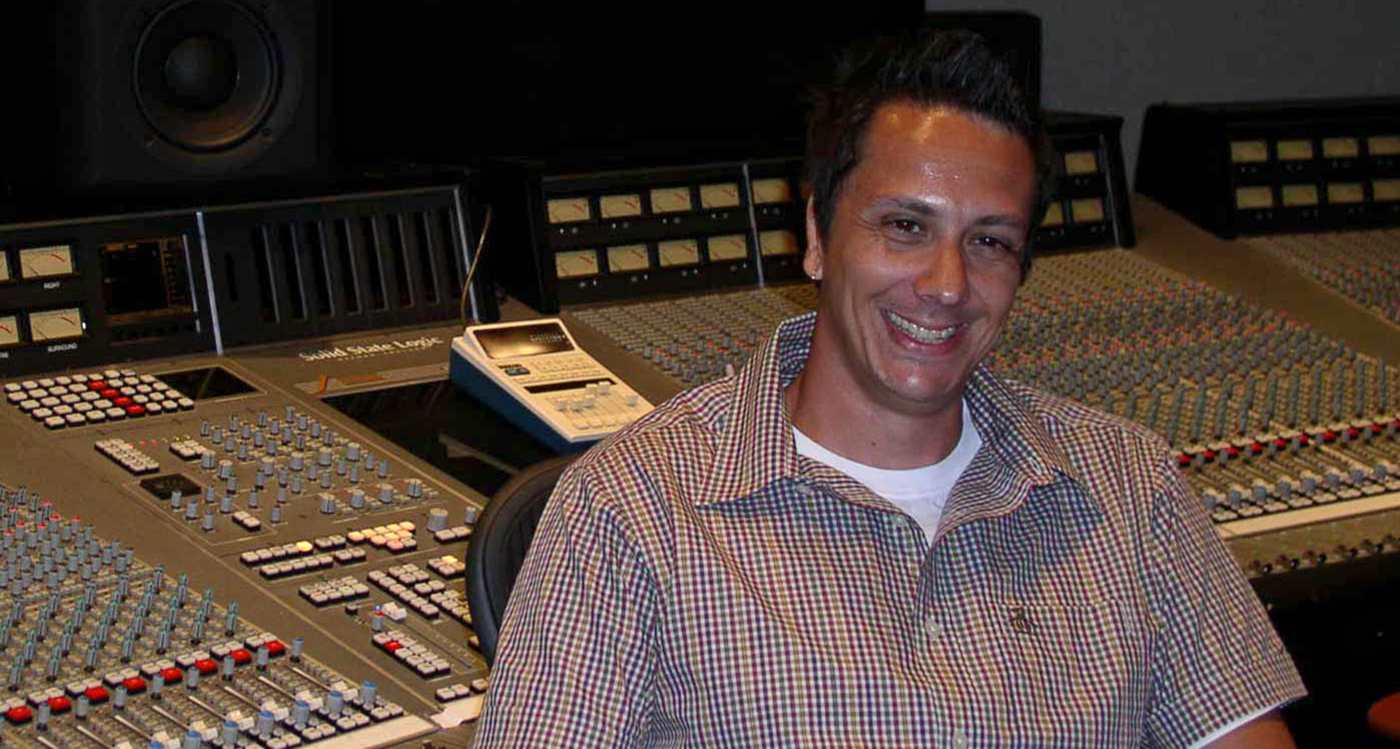
As of January this year, mix engineer Jason Goldstein joined the league's of mixers working fully in-the-box, a transition made possible in large part by the Sonnox range of Oxford plug-ins. "Sonnox plug-ins make up at least half the plug-ins on every mix I've done for over a year," Goldstein assures. In that span of time, Goldstein mixed Beyonce's Grammy-winning album B-Day and The Roots' Grammy-nominated Game Theory, tracks on Kelly Rowland's recent album and upcoming re-release, Kirk Franklin's latest, Jill Scott's new single "Hate On Me," and the upcoming debut album for Jive artist Samantha Jade.
Working primarily with R&B and hip-hop artists, and well-known for having come up as mixer to the prolific Trackmasters production duo Poke & Tone, Goldstein mixes that genre's whole spectrum, nailing the radio pop R&B like Beyonce on the one end and the more organic and vibey old-school sounds of The Roots, on the other. For their timing, the Beyonce and Roots albums predicated the imminent move into-the-box for Goldstein. "I used Sonnox plug-ins a lot on both of those records, and really on every album since," says Goldstein. "The Oxford EQ is my total go-to EQ, and the Inflator (Exciter Plugin) goes on the stereo buss of every single mix. I also use the TransMod and the Oxford Dynamics plug-ins all the time."
Starting with the Oxford EQ and working his way across the Sonnox range, Goldstein describes: "I tend to do records that have tons of vocals, and I use the Oxford EQ on 99 percent of them. I used the EQ all over Beyonce's lead vocal and the background vocals, for example. I also use the EQ on sweeter sounding instruments like acoustic guitars and strings. The transparency of this EQ is key-I can be very surgical, very specific with this EQ, but it's also smooth and musical. It has the 1-4 EQ curve setting, and I lean towards 2 or 3 because it's a wider bell, and more musical. A lot of the plug-in EQs out there allow you to get too narrow, which is just unnatural. People tend to make really tight cues and then add a lot of gain, which results in phase shift. With the Oxford EQ, it's a wider cue, a smoother bell, and the shelving EQ is also less drastic than others.
"I also used the Inflator on every mix on that Beyonce album, and every mix I've done since," Goldstein continues. "And, I use it for exactly what it's intended to do- it adds dynamics and increases apparent loudness. A lot of records I end up doing are mid-deficient, and the Inflator seems to add harmonics in the midrange so that I get a better overall sound from top to bottom, a better representation of the entire frequency spectrum." More specifically, Goldstein explains that when using the Inflator, he will have the input at zero or -1 and put the effect at 100% and set the curve somewhere in the -20 to -30 range. "The music I do is all about the dynamics," he says, "and I feel like when I push it up too high, I get more of the apparent loudness, but I lose some of the dynamics as a result. So, keeping it in the -20 range gives me the best of both--it adds the presence and the warmth and the apparent loudness I'm looking for without sacrificing any of the dynamics that I've worked so hard to put into the record."
Very often working with bass-heavy music, and sub-bass tracks, Goldstein applies the Sonnox compressor first-thing on bass. "I do a lot of records where you can't really hear the bass, but you can feel it, and the compressor in the Oxford Dynamics plug-in moves it into the audible range so it sounds better on smaller speakers. I use the 'Sony Bass EQ' preset, which has a preset attack and release but also has the warmth function turned on and all the way up."
In a recent departure from the hip-hop and R&B world, Goldstein mixed an album for folky singer/songwriter Elizabeth Wills. "Mixing this album, I used the Oxford Limiter (True Peak Limiter Plugin) on the drums, to tame the individual drum tracks," says Goldstein. "There's a setting called 'fatten' and it did exactly that - it fattened up and filled out the record."
Goldstein employs the Transient Modulator plug-in to build "apparent loudness," a process intrinsic to his mixing style. "I'll use Trans Mod a lot on drums, for example, if you put more crack or more attack on a kick drum, it punches through the mix without you having to actually turn it up," Goldstein shares. "This really helps a lot in creating space - you can make the drums punch without stepping on the bass or vice versa. I'll use the Trans Mod a lot on kicks and snares, and I'll use it on loops too - if I'm trying to pull out a loop, make the loop in a hip-hop record more dynamic, I'll use the Trans Mod to accentuate the attacks of the loop, leaving the rest of it alone."
Upcoming for Goldstein is the next Roots album, which he's scheduled to mix entirely, and music for a new hip-hop oriented children's program, created by The Trackmasters. "I'm going to be in charge of music production - the recording and mixing of all the music for the show," says Goldstein. "I'm going to hire a team that will mix all in the box, based on my mix templates."
Interview and editorial provided by Janice Brown
